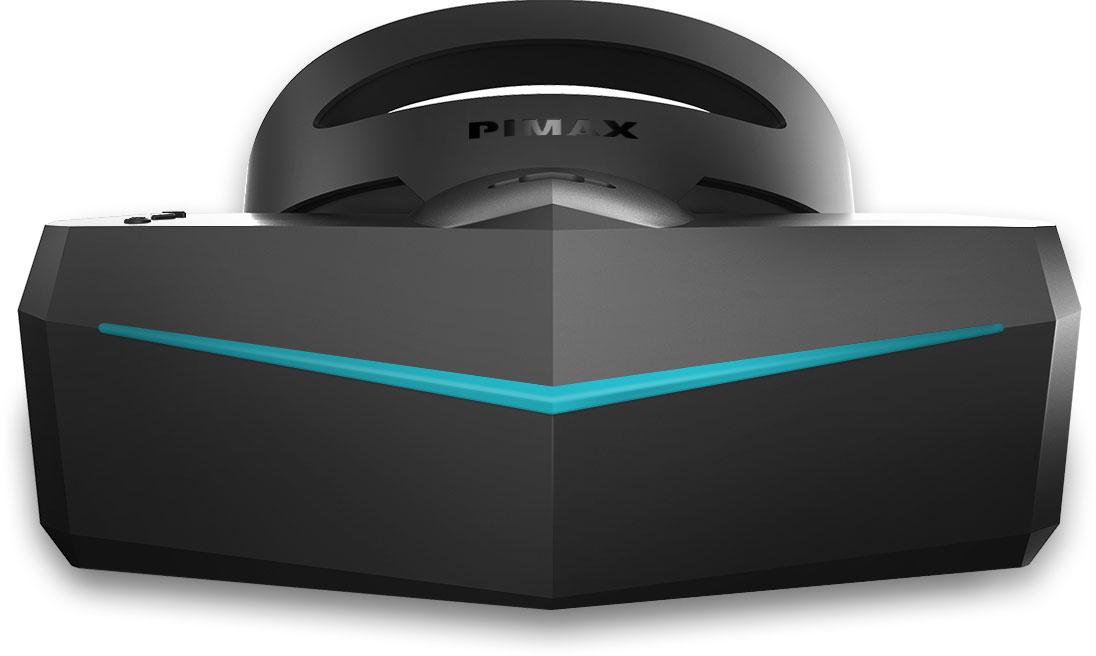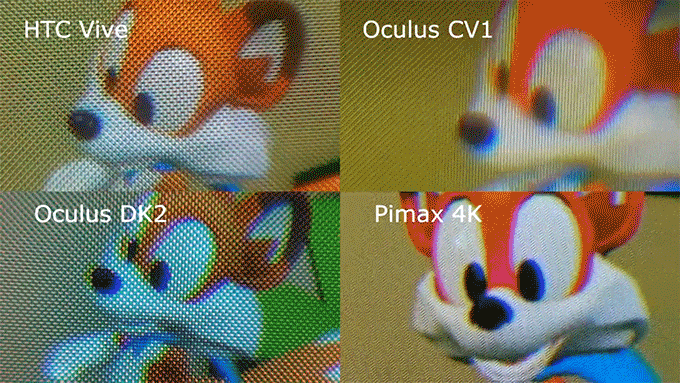World’s first 8K VR headset races past crowdfunding goal on first day
This VR headset promises to eliminate the screen door effect associated with current hardware.

It remains to be seen if VR will ultimately prove a passing fad or has the legs to go the distance. Pimax is betting on the latter, and you can too, if you're interested in what the company is pitching—the world's first 8K resolution VR headset.
It took all of just a few hours for Pimax and its highly hyped VR headset to blow past its $200,000 funding goal on Kickstarter. Now a day later, it's sitting at nearly $781,000 in pledges from more than 1,200 backers with 43 days to go.
What has everyone excited is the allure of a much higher resolution than is offered by either the Oculus Rift or HTC Vive. Both of those feature a pair of 1080x1200 displays (one for each eyeball) for a combined 2160x1200 resolution, whereas Pimax's headset ups the ante with two 4K (3840x2160) displays. That equates to 16.6 million pixels, versus 2.6 million on the Rift and Vive.
"Our goal is to create an intuitive VR without the shade of the headset, and sharp enough that you won't be disturbed by pixels," Pimax says.

In addition to an ultra high resolution, Pimax's headset boasts a field of view (FOV) of 200 degrees and less than 15ms of screen latency. In the process, Pixmax claims to have eliminated the screen door effect and reduced motion sickness.
We have seen VR headsets with superior specs compared to the Rift and Vive before. StarVR comes immediately to mind, and while it delivers on the promise of a huge FOV, it has some issues, one which is that it's heavy as hell.
It remains to be seen how Pimax's headset will compare. On paper at least, it looks promising—it's compatible with both Oculus and Steam VR platforms, and pricing isn't absurd.
The biggest gaming news, reviews and hardware deals
Keep up to date with the most important stories and the best deals, as picked by the PC Gamer team.
One catch is the amount of GPU horsepower required. Pimax's headsets can operate at 75Hz or 90Hz. The 8K headset uses the company's Brainwarp technology, which doubles rendering performance by skipping every second frame on alternating eyes. This eases the burden on the graphics card by letting it render a single 4K image for each frame, rather than two 4K images. Pimax also claims this doubles the refresh rate to offset the missing frames.
Anyone who already owns Vive's base stations and controllers can buy the 8K headset for $499. Pimax also offers an 8K X model that offers an 8K resolution at 90Hz without the need for the internal scaler that's found in the non-X model. The caveat is that you'll need at least a GeForce GTX 1080 Ti graphics card, maybe two in SLI, and perhaps even a next-generation GPU (Volta)—Pimax is still testing things out.
For those who don't own any of Vive's hardware, the $799 tier buys the 8K headset, two controllers, and two base stations. Pimax also offers a 5K headset starting at $349 that is apparently exclusive to Kickstarter, at least for now.
We're trying to get Pimax to let us demo a unit. In the meantime, check out Pimax's Kickstarter page for more information.
Paul has been playing PC games and raking his knuckles on computer hardware since the Commodore 64. He does not have any tattoos, but thinks it would be cool to get one that reads LOAD"*",8,1. In his off time, he rides motorcycles and wrestles alligators (only one of those is true).


